In Muslim Countries, a Push for Donor Breast Milk
In 2014, Mohammad Bagher Hosseini spent two months on sabbatical at Karolinska University Hospital in Stockholm, Sweden. While there, he says, something intrigued him.
“It was very interesting for me that all of the preterm infants received breast milk, not one of them received formula,” recalls Hosseini, who heads the neonatal intensive care unit (NICU) at Alzahra Teaching Hospital of Tabriz in northwest Iran. By contrast, babies in Iran’s NICUs were given formula if they couldn’t be breastfed.
The benefits of breast milk for preterm babies — those born before 37 weeks — are well known. In particular, breast milk reduces the rate of some complications, including potentially fatal infections, associated with prematurity. At Karolinska, Hosseini observed, babies in the NICU had a ready supply of breast milk from a nearby human milk bank. The facility screened suitable donors (healthy lactating parents with an excess supply), collected the milk, and tested it for contaminants before pasteurizing and freezing it.
The whole thing made Hosseini wonder, “why we don’t have this type of support of preterm infants” in Iran. He returned home determined to change things. In a ceremony in July 2016, Hosseini and colleagues opened the country’s first human milk bank, based out of his Tabriz hospital. Today, Iran has nearly a dozen such facilities — part of a global network that spans more than 750 milk banks in nearly 70 countries.
Iran, however, is an anomaly: It is the only country in the Muslim world with a network of milk banks. In general, Islam makes the practice tricky. The opposition centers on a tenet called milk kinship, which states that a parent-child bond is formed when a woman gives milk to a baby who isn’t biologically related to her. To avoid future incestuous marriages between so-called milk siblings, the tenet says, the foster relationship must be clearly delineated. Since milk bank donors are typically anonymous and the donations are often combined, the practice is rejected in most of the Muslim world.
However, Iran has found a way to make milk banks workable through transparency and permission from the country’s supreme leader, Ayatollah Ali Khamenei (also its spiritual leader). Other countries with large Muslim populations, including Singapore and Kuwait, have had similar successes. Their approaches may help more Muslim nations and communities establish milk banks, too.
To be clear, Islam isn’t against milk donation and other life-saving interventions. If there is an emergency and the only option is to use a milk bank, then there is no problem whatsoever from a religious perspective, says Mohammed Ghaly, a professor of Islamic bioethics at Hamad Bin Khalifa University in Qatar.
But when it comes to creating a national policy on milk banking, the tenet of milk kinship can’t be disregarded, he says: “If we just import the Western model to the Muslim world, it will not work. Technology is not working in a vacuum.”
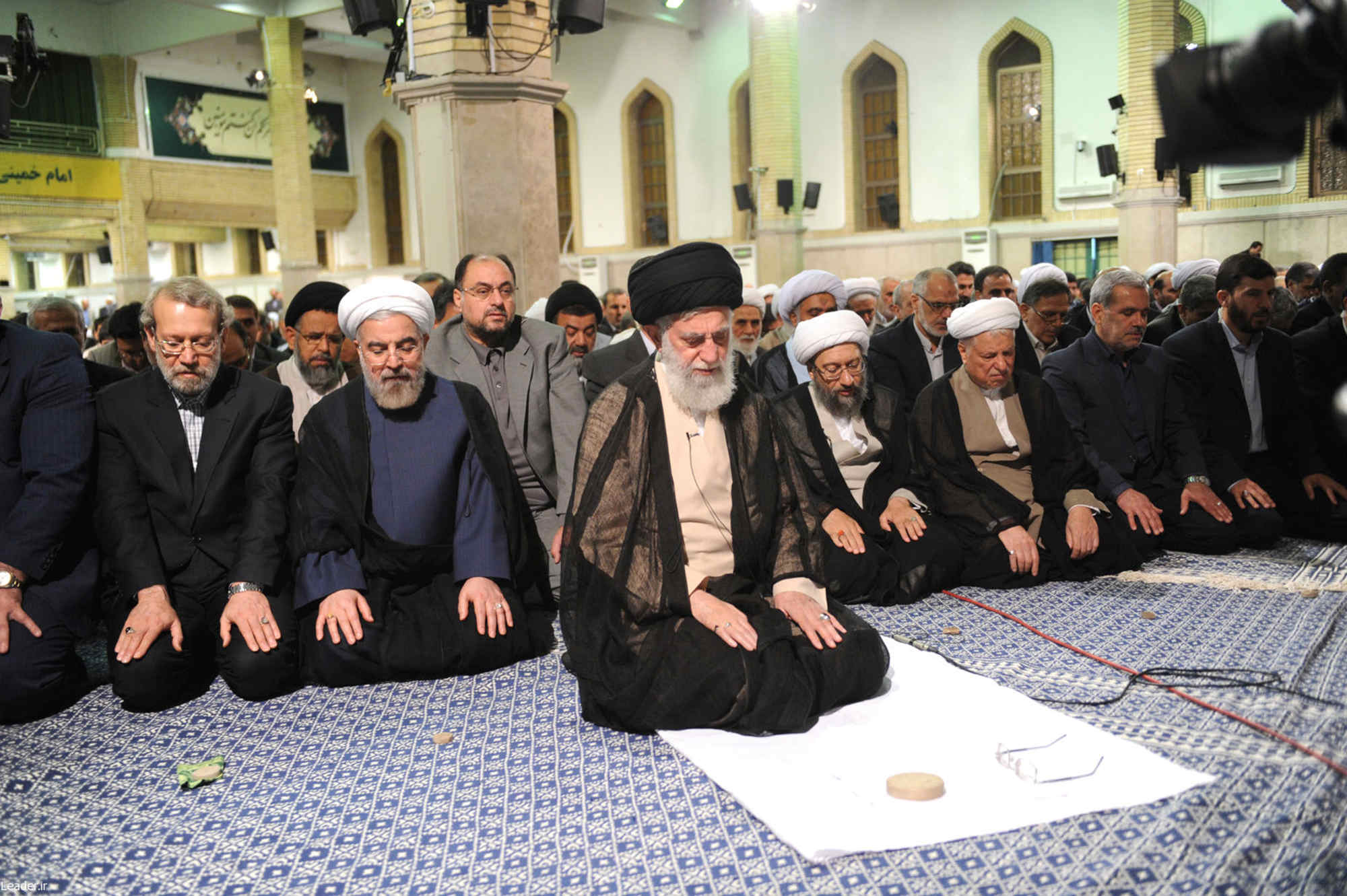
Premature babies’ immune systems aren’t fully developed, so they are especially vulnerable to infections. Of these, the bacterial-borne disease necrotizing enterocolitis — or NEC (pronounced “neck”) — is particularly worrisome.
“The risk of NEC on its own is relatively low, but it’s a devastating disease,” says Tarah Colaizy, a professor of pediatrics and neonatology at the University of Iowa and the research director of the Human Milk Banking Association of North America. In premature babies weighing less than about three pounds, 5 to 7 percent develop NEC and 15 to 20 percent die from it, Colaizy says, making the disease one of the leading causes of mortality in preterm infants. Though the exact numbers are not well documented, according to Jennifer Canvasser, founder and director of NEC Society, a nonprofit research and advocacy organization, approximately 500 babies in the United States succumb every year.
NEC often occurs suddenly and causes the gut to become inflamed. While some infants may experience mild cases that can be treated in part with antibiotics, the infection can damage portions of the small intestine, which then must be surgically removed. This can result in long-term complications such as a reduced ability to absorb nutrients (called short bowel syndrome), and poor neurological and motor skills development.
“Every neonatologist you talk to just will say, ‘I hate that disease,’” says Colaizy.
NEC is so feared in part because its exact cause is unknown, making it hard to prevent. Researchers do know, however, that the use of infant formula appears to increases NEC risk in preterm babies by as much as 10-fold, while human milk helps prevent it.
Because breast milk appears to offer protection against NEC and other diseases, numerous guidelines — including those from the AAP, Unicef, and the World Health Organization — recommend its exclusive use in preterm infants. And when the birth parent’s milk is unavailable, the next best alternative is pasteurized donor milk.
“We have the data that shows there’s been a significant decrease in morbidity and mortality of these premature babies with human milk versus formula,” says Natasha Sriraman, a pediatrician at the Children’s Hospital of the King’s Daughters in Norfolk, Virginia. She says that milk banks undoubtedly provide an essential service.
Hosseini remains convinced of the benefits milk banks provide. According to a retrospective study he and several co-authors published this year, after his hospital in Iran established its bank, the incidence of NEC in preterm infants fell nearly 90 percent. The rates of sepsis and eye damage, both frequently associated with prematurity, the study found, also declined significantly.
Despite the health benefits, milk banks haven’t had much of a chance to gain footing in the Muslim world. In 1985, the legal arm of the Organization of Islamic Cooperation (OIC), an international association comprising 57 member states that describes itself as “the collective voice of the Muslim world,” issued a ruling forbidding milk banks. “These scholars argued against milk banks to protect the lineage of children so that they would not one day accidentally marry a ‘milk sibling’,” Nadia Khan, a doctoral candidate in Islamic studies at the University of Chicago Divinity School, wrote in an email to Undark.
This is due, in part, to how Islam recognizes kinship, says Ghaly, the Islamic and biomedical ethicist. In addition to family relations via blood or marriage, the religion also considers kinship “that is created through breastfeeding,” he says. Because the operations at most milk banks make it difficult for kinships to be traced, most religious scholars think that the banks “should be treated like breastfeeding,” Ghaly says.
Some researchers have suggested — without scientific support — that babies could inherit a milk donor’s genetic material, leading to an increased risk of genetic disease if they were to have children with a milk sibling in the future. The thinking is that “if babies are breastfed by the same mother regularly, they might share similar epigenotypes,” explains Zilal Saari, a social scientist from the University of Technology Malaysia who studies milk sharing, referring to patterns of gene expression.
But most experts say this notion is highly implausible. According to an article published in the journal Pediatrics in February, “intact genetic material is not passed onto the recipient infant” from breastmilk and the argument regarding milk siblings “is not supported by the known processes of consanguinity and genetic disease.”
“It’s just completely not scientific opinion,” says pediatrician Jean-Charles Picaud from Lyon, France, who runs the region’s milk bank and is the former head of the European Milk Bank Association. Studies have also found that the human gut breaks down traces of genetic substances in breast milk.
Still, many Muslim countries continue to uphold the OIC’s 1985 ruling. For instance, when Turkey and Bangladesh came close to opening pilot milk banks in 2013 and 2019 respectively, the plans were denied on religious grounds.
Iran was able to find a way to make milk banks work, in part due to its interpretation of the milk kinship tenet. In the tenet’s strictest form, which is more common in the Sunni branch of Islam, just one feeding of donated milk leads to kinship. But in Iran, Hosseini believes the milk banks were possible because 9 in 10 Iranian Muslims practice Shia Islam, which considers milk kinship differently. In this version, a baby must have suckled directly from the breast and completed at least 15 feedings to establish kinship, among other conditions.
In Iranian milk banks, babies are typically fed by spoon, bottle, or through a special tube, and the milk they receive is often a mix from three to four donors in order to provide babies with milk that is more homogenous in terms of its fat, protein, and nutritional content. (For this same reason, donor milk is often also pooled in some Western countries including the U.S., Canada, and France — though Sweden does not recommend it.) In Iran, the pooled donor milk also ensures no one infant receives multiple feedings from the same donor, which abides by the Shia interpretation of milk kinship.
Hosseini’s success in Iran also hinged on another factor: early buy-in from the country’s religious leaders.
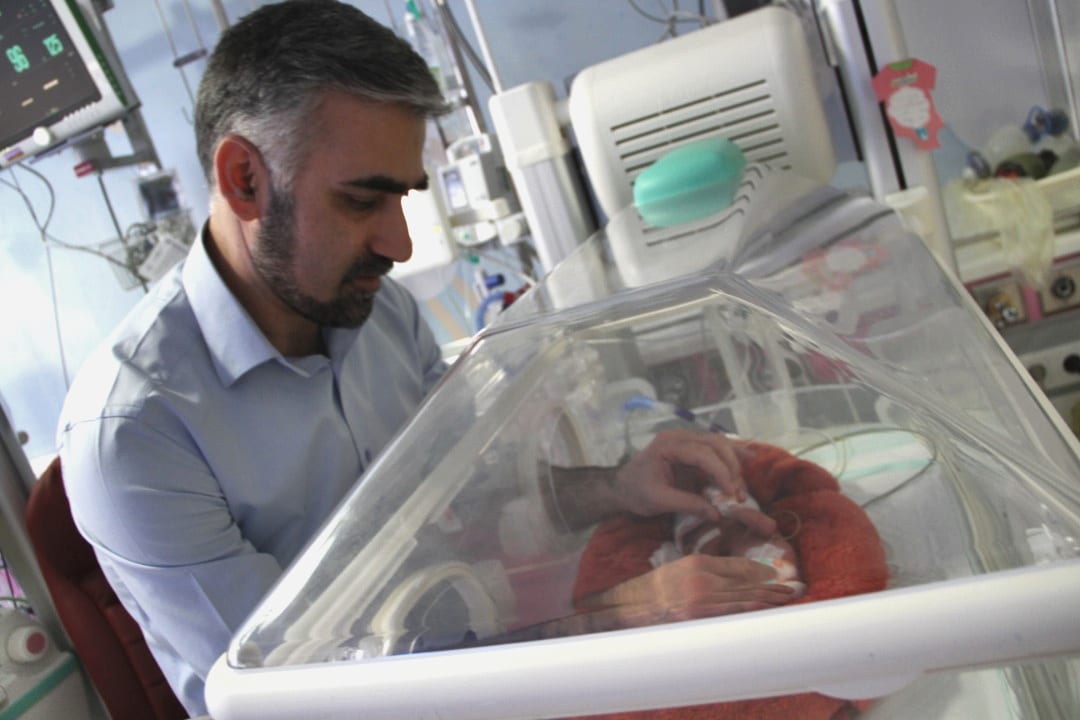
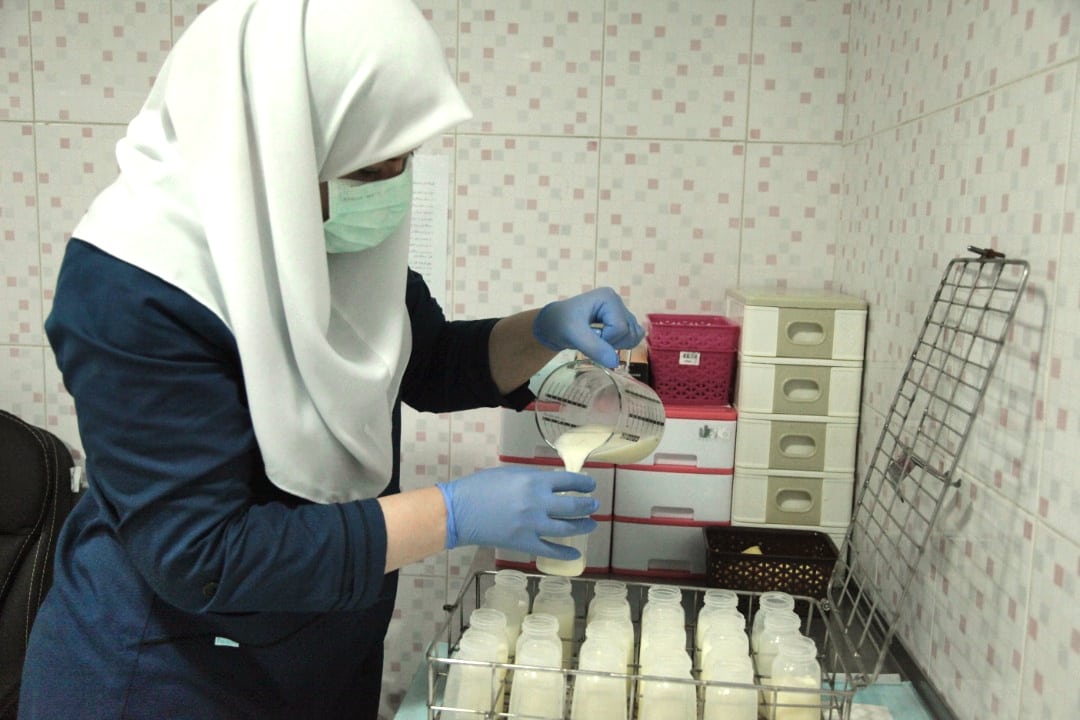
Early on in the process, Hosseini enlisted a fellow neonatologist who was familiar with how other countries cared for babies in their NICUs. But more importantly, the colleague was a trusted adviser of Ayatollah Khamenei. Together with representatives from the health ministry, the doctors wrote a letter to Khamenei explaining how many babies in Iran were born prematurely and that their mothers weren’t always ready to produce milk. Elsewhere in the world, there were breast milk banks that collected and pasteurized donor milk to give to premature babies, which helped reduce mortality rates.
Khamenei issued a religious edict, or a fatwa, allowing the practice. He answered that “as the infant is not fed directly from the breast, milk kinship is not formed, so donating milk and feeding an infant by donated milk is not prohibited at all,” says Hosseini. “It was very important for us to have this type of permission.”
Some countries with sizeable Muslim communities have adopted similar approaches. Singapore, for instance, launched a milk bank in 2017. Although only about 15 percent of its citizens practice Islam, “we are a multi-ethnic and multi-cultural country,” says Mei Chien Chua, director of the Singapore’s KK Human Milk Bank.
“We identified that we would need to address the concern on milk kinship among the Muslim community,” she adds.
Chua’s team consulted with the country’s Islamic religious council, which eventually issued a fatwa granting permission for milk donation when medically indicated. And the religious council got involved from very early on, says Paul Zambrano, a regional technical adviser in Southeast Asia for Alive & Thrive, a nonprofit dedicated to improving the nutrition of mothers, infants, and young children. “I would say it’s best practice,” he adds.
Malaysia, which is aiming to open its first milk bank under the Ministry of Health by 2025, has heeded these lessons as well. Islam is the country’s official religion, and three-fifths of the population is Muslim. “After a series of consultations with the Islamic Authorities, milk kinship is not an issue in the human milk bank concept which will be established in Malaysia,” Zalma Binti Abdul Razak, head of nutrition at the country’s health ministry, wrote to Undark in an email.
Back in Iran, Hosseini and other health officials plan to open more milk banks. Some will be in regions where people mainly practice Sunni Islam, with its stricter conditions for milk kinship. But before expanding, Hosseini says, they will have to speak to the leaders in those areas to resolve the milk kinship issue. “It’s very important,” he says.
In the tiny Gulf nation of Kuwait, Niran Al-Naqeeb presents parents with another option. In 1999, the neonatologist had just returned home after completing a postgraduate degree at London’s Queen Charlotte’s and Chelsea Hospital, one of Europe’s oldest maternity hospitals. It was there that she was introduced to milk banking and became convinced, she says, of “the very importance of human milk for preemies.”
Al-Naqeeb was keen to offer a similar service where she worked at Al-Adan Hospital, which handles between 6,000 to 7,000 deliveries a year. But she knew the service would have to be adapted for it to work in her predominantly Muslim country.
Al-Naqeeb decided her program would not be a traditional milk bank, but rather a tailored donor scheme. Unlike milk banks that pool donations, her approach only includes milk from a single donor for each baby, which makes it easier to trace milk relationships and avoid what the Quran might consider incestuous relationships between their families. Additionally, she gets the donor and recipient parents to meet prior to the exchange. Knowing each other’s identities, says Al-Naqeeb, “is extremely important,”
After the donation, both families receive a certificate detailing their names, contact information, how much milk was received, how it was dispensed, and the number of feeds involved. “When we follow this exactly,” says Al-Naqeeb, “it was acceptable for most parents.”
Doctors in Indonesia, which has the world’s largest Muslim population, are thinking along similar lines. Health care experts in the country are hoping to open the country’s first milk bank in the coming years and in stakeholder discussions, they emphasize how milk will come from single donors, says Wiyarni Pambudi, a pediatrician and lecturer at Jakarta’s Tarumanagara University, who has been involved in the talks.
While the varied approaches don’t always resemble Western milk banks, health experts say they are a way forward for Muslim countries. “It’s an adapted model, but it’s not entirely different,” says Alive & Thrive’s Zambrano.
“It’s very possible,” he adds, “to do it.”
Sandy Ong is a freelance science journalist based in Singapore. She covers stories about science, technology, health, and the environment.


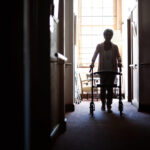
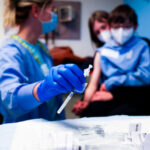
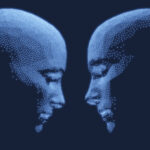




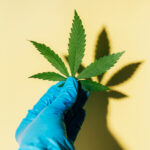
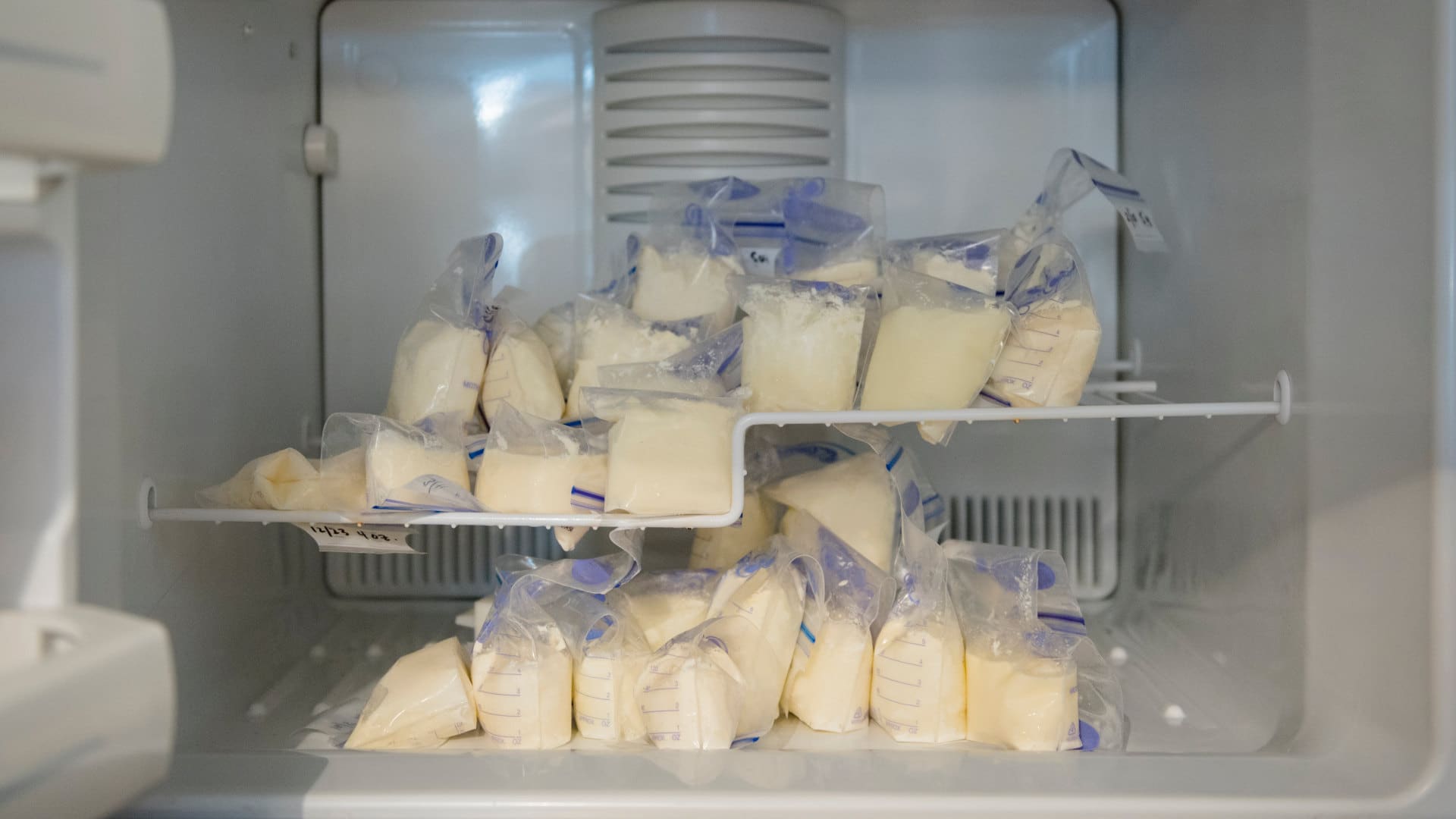
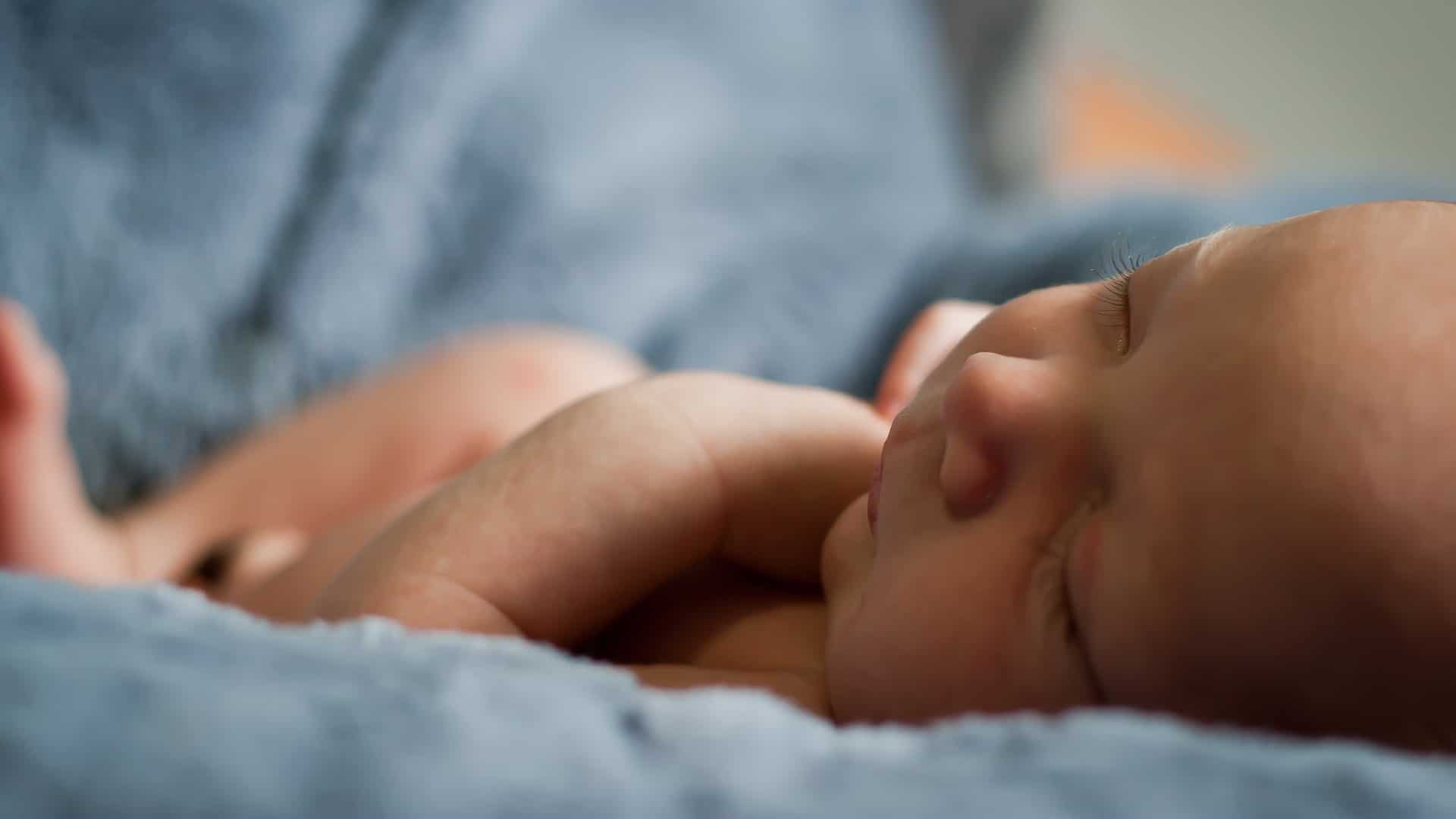
Comments are automatically closed one year after article publication. Archived comments are below.
Thank you for writing this article; it’s excellent. My twins were born prematurely at 31 weeks and my daughter, at three weeks of age, developed Stage 1 NEC. It was a terrifying ordeal but fortunately, with excellent care, she recovered completely. At the time, donor breast-milk was not available (in New York City.) It’s good to learn of these efforts to provide donor milk for premature babies in Iran and elsewhere.